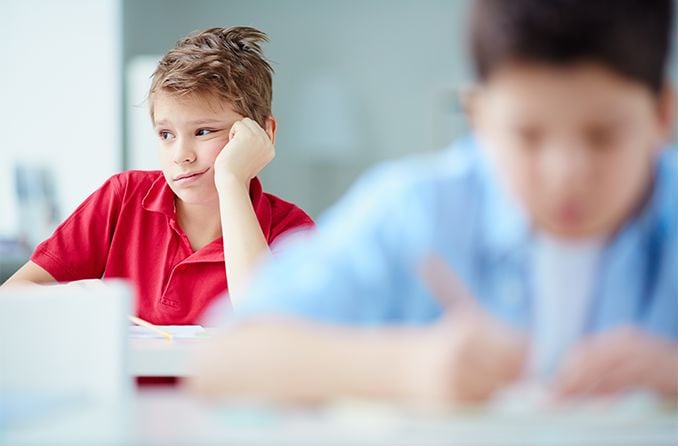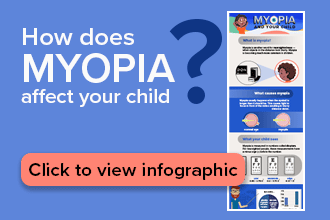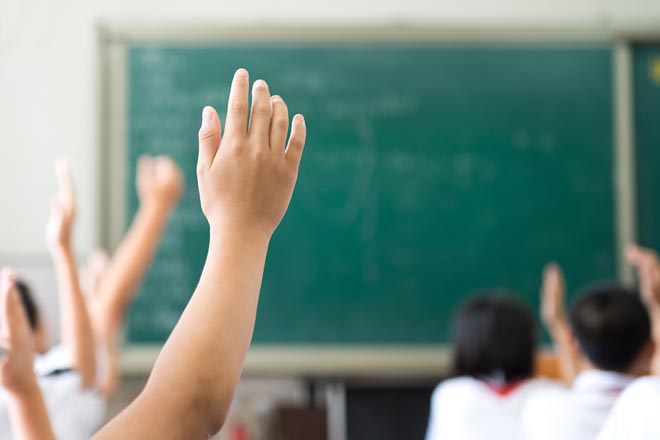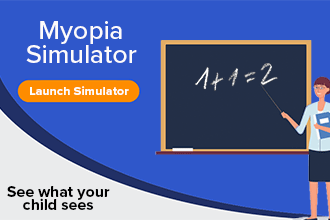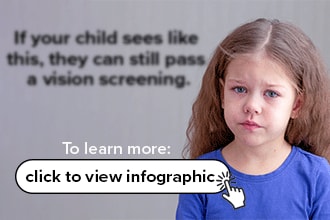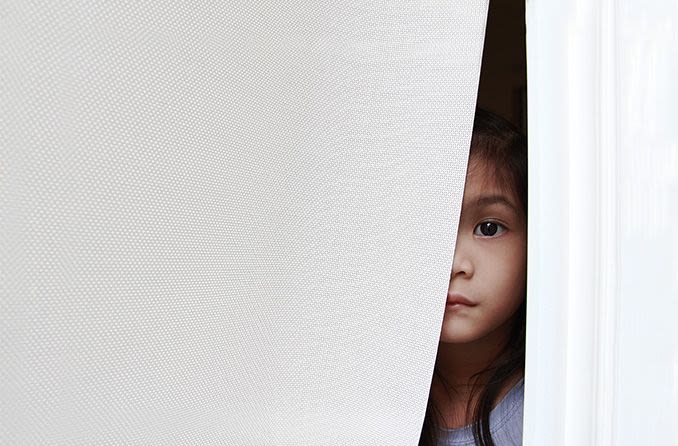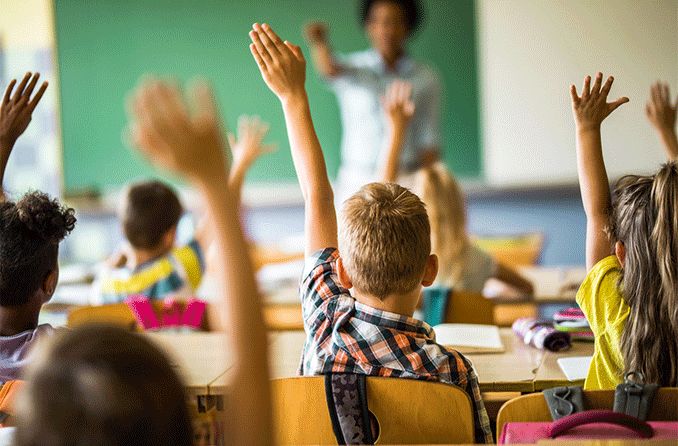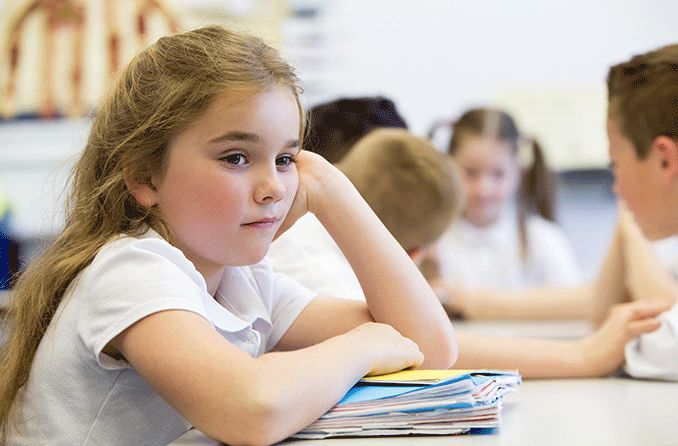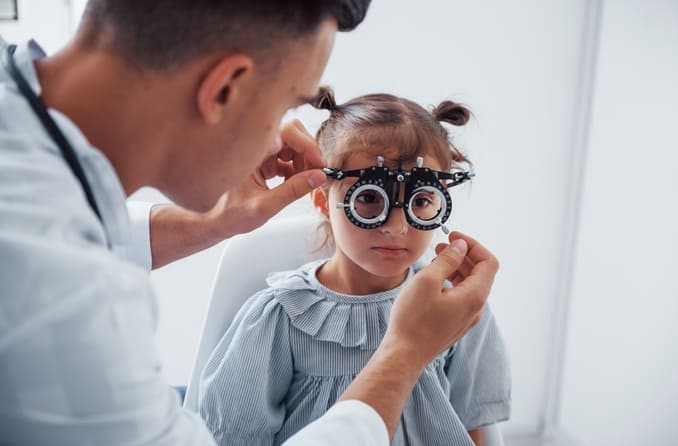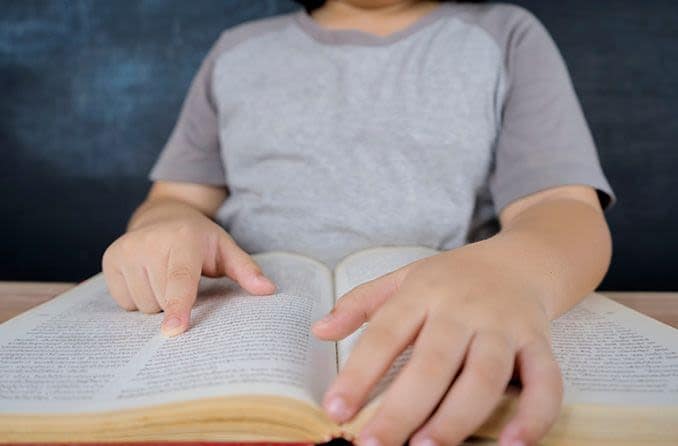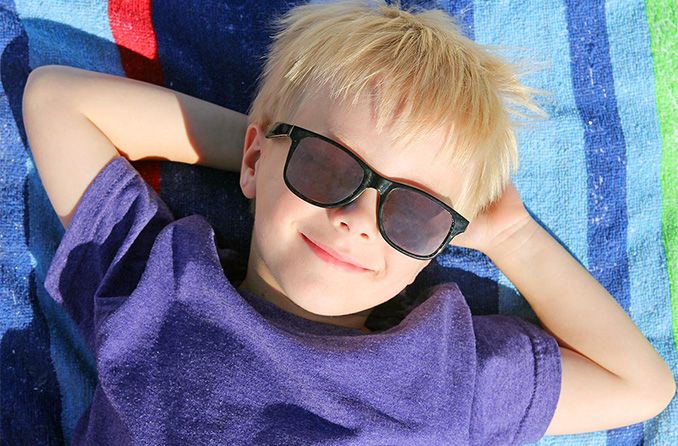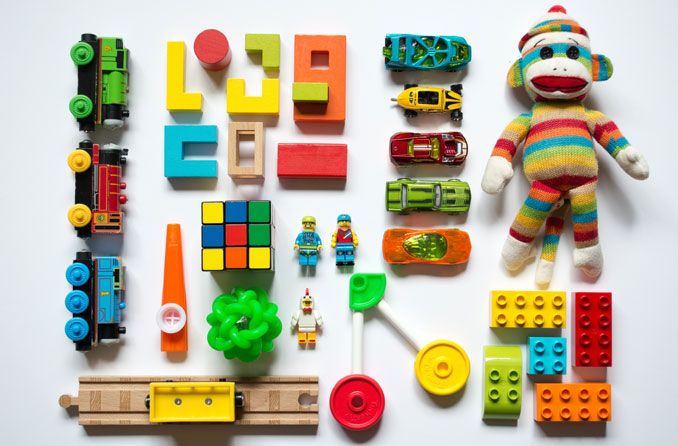Childhood vision problems can make their presence known in less-than-obvious ways. The signs aren't always as clear-cut as seeing your child squint or hearing them talk about blurry vision.
Eyesight imperfections are common among school-age kids, and treatment can be as simple as a pair of prescription glasses. But if vision problems are left undiagnosed or untreated, they can have lasting effects on a child’s eye health, schooling and confidence engaging in normal activities.
These subtle signs may suggest vision problems in children:
- They tend to close one eye during activities like reading or watching TV
- They avoid activities that require near vision (reading, homework, computer use) or distance vision (sports, other recreational activities)
- Their grades are lower than normal
- They tell you that their eyes are tired or they have a headache
- They rub their eyes a lot
- They seem sensitive to light
- Their eyes tear up for no apparent reason
- They hold books unusually close to their face
- They lose their place as they read
- They use their finger to guide their eyes along the page
- They sit very close to TVs or computer screens
- They squint or tilt their head to see better
If your child shows any of these signs, an eye doctor can help you figure out whether an eye problem is the underlying cause.
Download a printable checklist of myopia signs and symptoms HERE.
